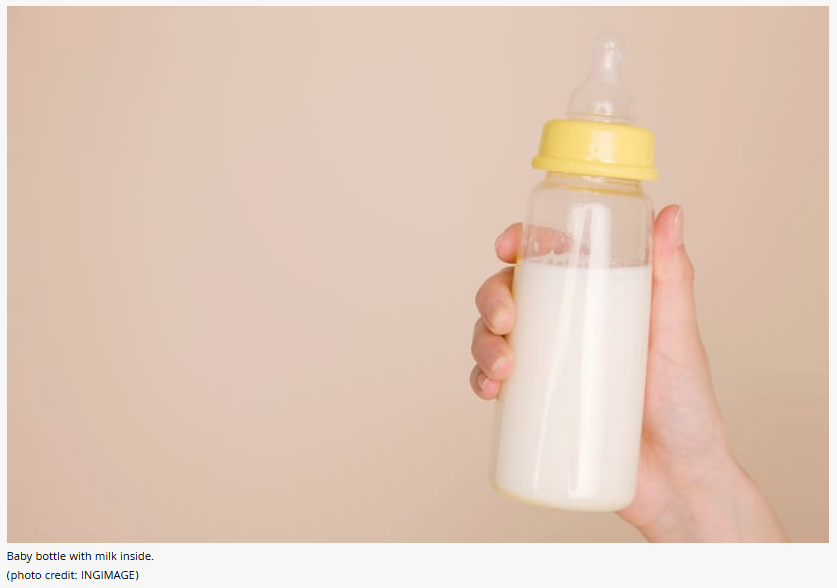In raw milk samples spiked with high amounts of bird flu virus, small amounts of infectious virus were still detectable after treatment with a standard pasteurization method, researchers said on Friday.
Infected with the virus
US dairy cows were found to be infected with bird flu in March. The US Food and Drug Administration surveyed pasteurized retail samples of milk and estimated that a fifth of the US milk supply contained strands of virus. The agency has said that pasteurized milk is safe to drink.
The virus used in the experiments had been isolated from the lungs of a dead mountain lion, mixed with raw, unpasteurized cow milk samples, and heat-treated at 63 degrees C (145.4 degrees F)and 72 degrees C (161.6 degrees F) for different periods of time.
“This finding indicates the potential for a relatively small but detectable quantity of H5N1 virus to remain infectious in milk after 15 seconds at 72 degrees C if the initial virus levels were sufficiently high,” the authors note.


